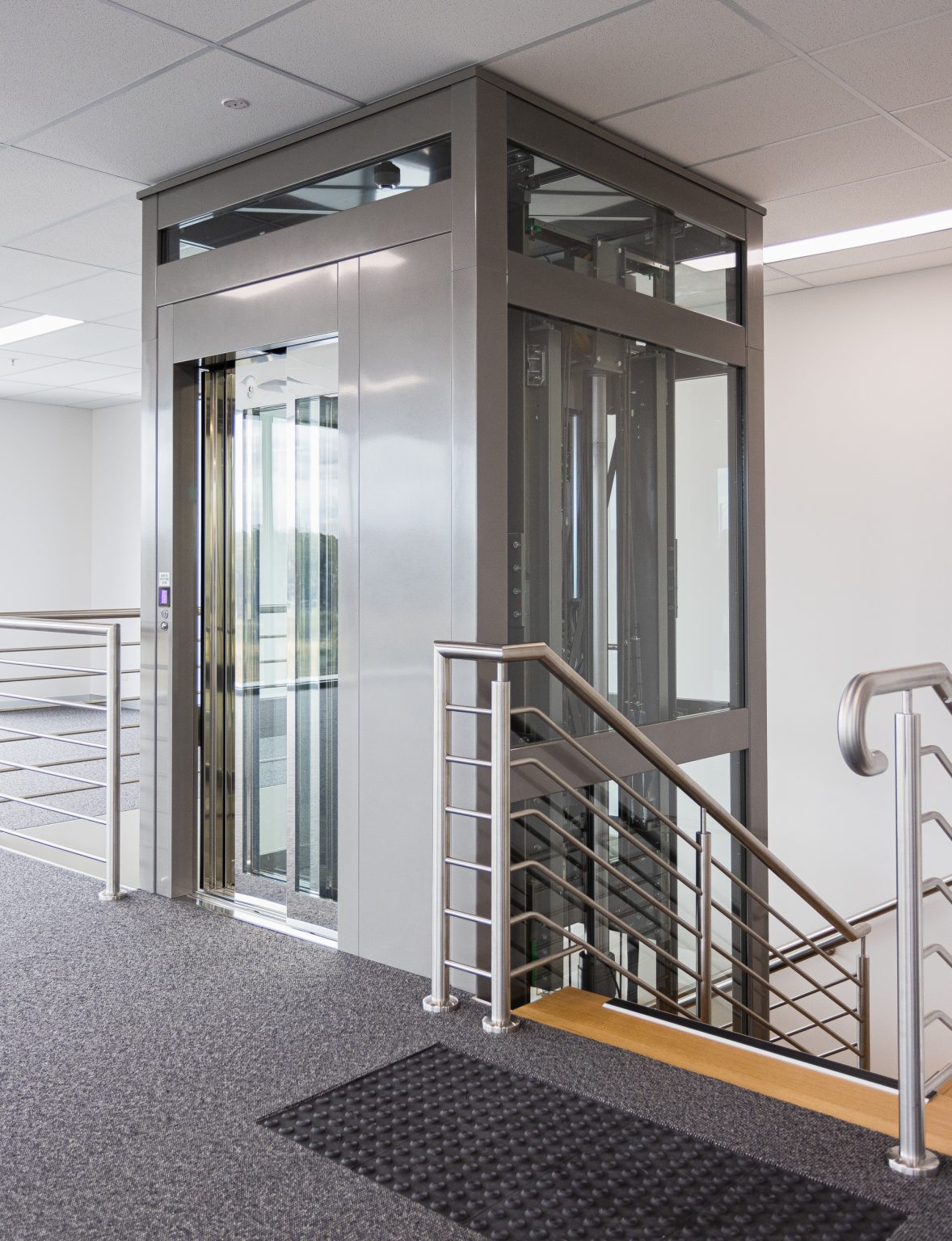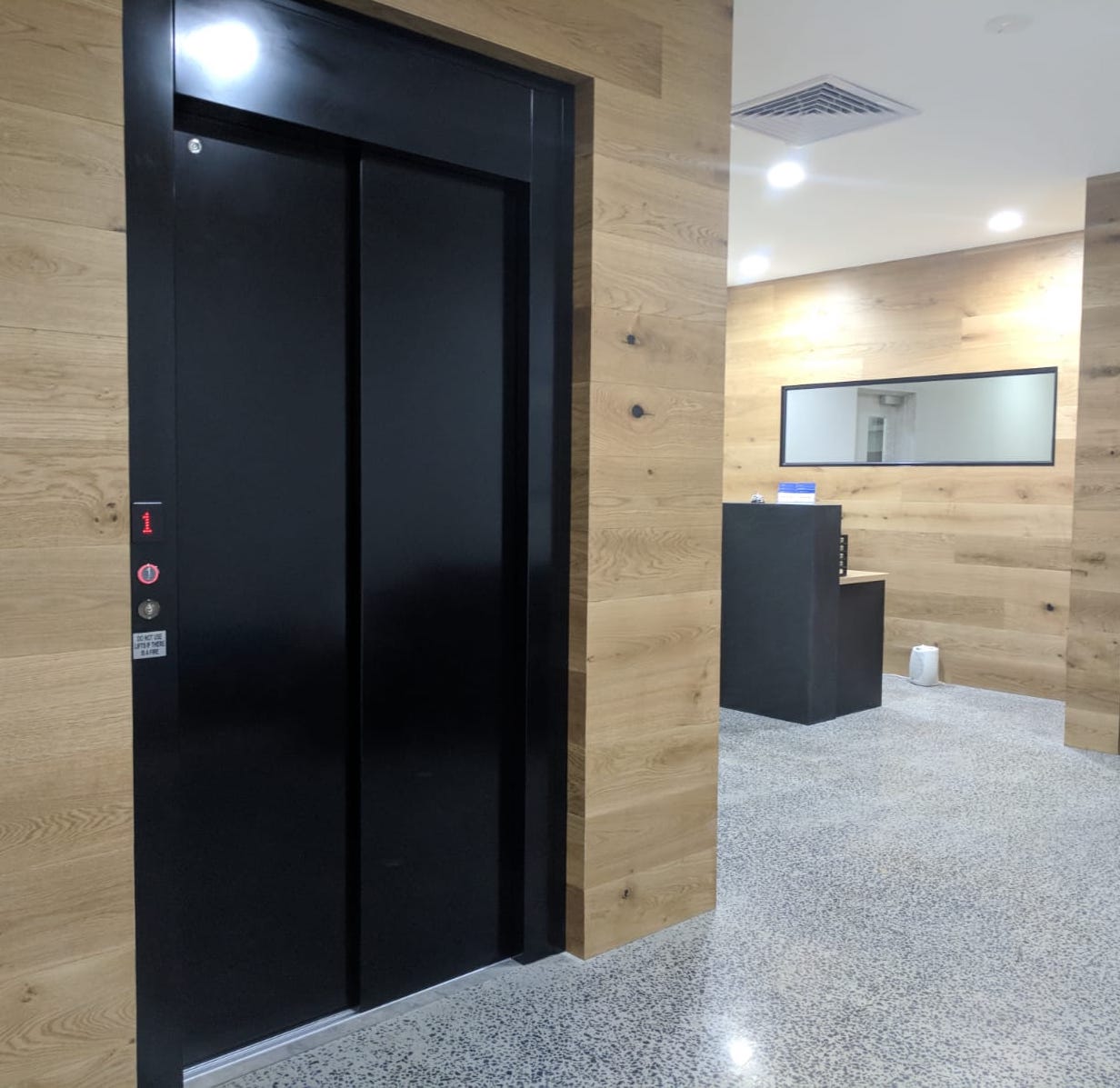Investing in commercial elevators requires careful planning and knowledge. These complex systems serve as critical components in any multi-storey building, affecting daily operations, tenant satisfaction, and property value. The right elevator can enhance a building's functionality while the wrong choice might lead to ongoing problems and unnecessary expenses.
When examining possible elevator options for your commercial property, several factors deserve attention. These include initial cost, operational efficiency, capacity requirements, and space limitations. According to industry experts at West Coast Elevators, decision-makers should consider both immediate needs and future building requirements. The process demands thorough research and often consultation with specialists who understand the technical aspects of different elevator systems.
Understanding Commercial Elevators: Key Investment Considerations
May 13

Safety Features and Compliance Requirements
Safety stands as the most important consideration when selecting a commercial elevator. Modern elevators come with numerous safety features such as emergency braking systems, overload sensors, door protection, and backup power options. These elements work together to prevent accidents and protect passengers during unexpected situations.
Compliance with regulatory standards is non-negotiable in elevator installation and operation. Different regions have specific codes and requirements that govern elevator safety, accessibility, and performance. The International Building Code provides comprehensive guidelines that many jurisdictions follow. Building owners must ensure their elevator systems meet or exceed these standards not only during installation but throughout the operational lifespan. Regular inspections by certified professionals help maintain compliance and identify potential issues before they become serious problems.
Energy Efficiency and Sustainability
Energy consumption represents a significant portion of a building's operational costs. Modern elevator systems offer various energy-efficient technologies that can reduce power usage significantly. Regenerative drives, for example, capture energy during descent and feed it back into the building's electrical system. LED lighting, sleep mode features, and optimised control algorithms further contribute to reduced energy consumption.
Sustainability extends beyond mere energy savings. The materials used in elevator construction, the manufacturing processes, and end-of-life disposal all affect environmental impact. Many manufacturers now offer options with reduced carbon footprints, using recycled materials and environmentally friendly lubricants. Building owners pursuing green building certifications such as LEED should examine these aspects carefully. Sustainable elevator choices can contribute valuable points toward certification while aligning with corporate environmental responsibility goals.
Maintenance and Long-term Costs
The initial purchase price represents only a fraction of the total cost of ownership for commercial elevators. Maintenance requirements and ongoing operational costs typically exceed the installation expense over an elevator's lifespan. Understanding these long-term financial commitments helps investors make wise decisions that balance upfront savings against future expenses.
Different elevator types have varying maintenance profiles. Hydraulic systems might cost less initially but often require more frequent maintenance and consume more energy than traction elevators. Machine room-less designs might save valuable building space but could involve specialised maintenance procedures. When evaluating options, ask about maintenance contract terms, spare parts availability, and the manufacturer's support infrastructure. These factors affect both cost predictability and elevator downtime, which can significantly impact tenant satisfaction and building operations.

Technology Integration and Future-proofing
Today's commercial elevators incorporate advanced technologies that enhance user experience, security, and building integration. Touchless controls, destination dispatch systems, and mobile app interfaces represent just a few innovations changing how people interact with elevators. These features have become increasingly important as public health concerns and user expectations evolve.
Future-proofing your elevator investment means selecting systems that can adapt to changing needs. Modular designs allow for easier upgrades as technology advances. Internet of Things (IoT) connectivity enables predictive maintenance and real-time monitoring, potentially reducing downtime and extending equipment life. When evaluating elevator proposals, consider not only current capabilities but also upgrade paths and the manufacturer's track record for innovation. The right system should serve your building effectively for decades, adapting to new requirements without requiring complete replacement.
